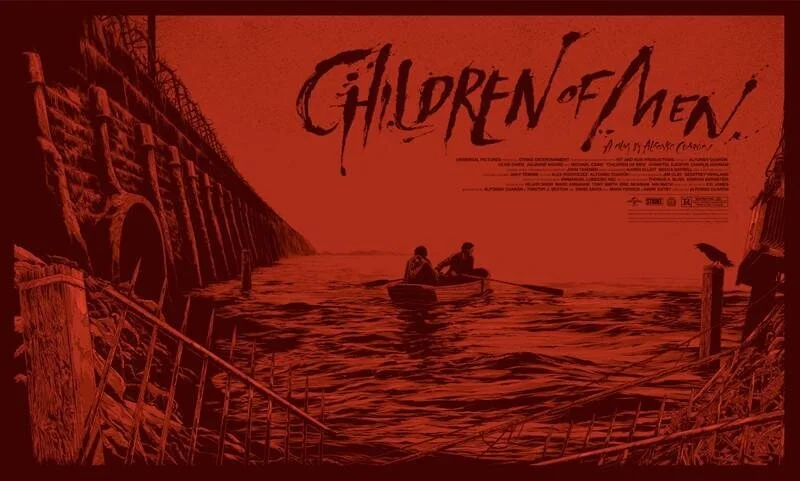By Patrick Marcel Donte Winston
An in-depth analysis of Spike Jonze's 2013 film Her, and its relation to progressing artificial intelligence and architecture. Specifically, I question the need of tech in our society and whether it is a benefit or danger to our societal norms. We see technology quickly becoming more advanced in the past 10 years, but will it become God-like? We see advanced technology as our main source of communication, transportation, living, and more. While being so connected to this tech-driven lifestyle, what if we lost control of technology and can't communicate with it?
Read More










